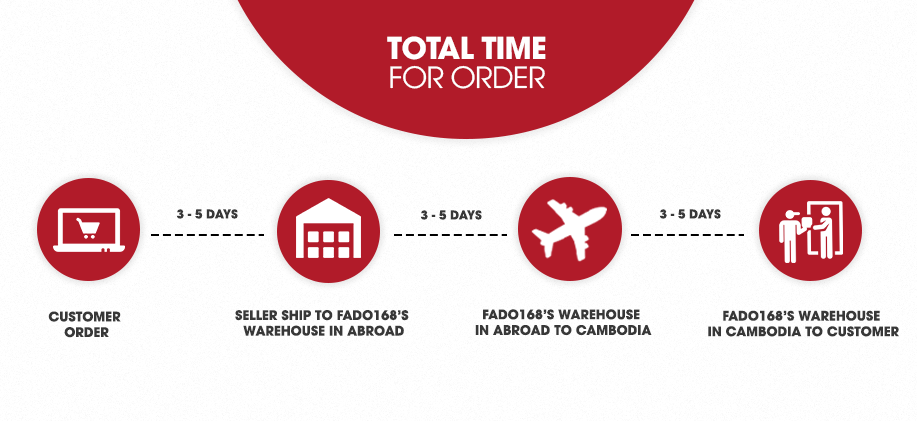Scope of This Book
This book is about a type of tool that provides organizations insight into their broader product and service ecosystems. I call these tools alignment diagrams—an umbrella term for any map that seeks to align how individuals in a system engage with that system and its provider. Note that there is no one method or approach for creating alignment diagrams. Instead, you’ll find a range of options depending on the problem you’re solving. Chapter 1 explains this concept in more detail.
This book deals with various techniques for mapping experiences, not a single method or output. The focus is on the category of diagrams that collectively seek to describe the human experience. Many related techniques are included here as well. These diagrams have already been an implicit part of the design and creative disciplines for decades. In fact, you may have already used alignment diagrams as part of your work.
Reframing these approaches as tools for organizational alignment emphasizes their strategic relevance. They help flip an organization’s perspective from inside-out to outside-in. In doing so, they help build empathy and provide a model for decision making that is inclusive of the human condition. Alignment diagrams also offer a common vision throughout an organization. They aid in creating consistency in thought and action across departmental lines. This type of internal coherency determines success.
To be clear: alignment diagrams are no silver bullet and only part of organizational alignment. However, I believe the story they tell goes a long way in achieving alignment, particularly in larger organizations. The concept of mapping helps us understand complex systems of interaction, particularly when we’re dealing with abstract concepts like experience. But mapping experiences is not a singular activity limited to one type of diagram over another. There are many possible perspectives and approaches. In this sense, this book is about possibilities. My hope is that the book expands your thinking and approach toward mapping in general.
There are many types of diagrams covered here, each with different names and backgrounds. Don’t get hung up on labels. Many of the distinctions are historical and based on which term was coined first. Instead, focus on value alignment, not one specific technique over the other. It’s entirely possible to create a new type of diagram that continues to evolve the practice. I encourage you to do so.
What this book is Not about
This book is not about customer experience management, service design, or user experience design. It is about diagrams—conceptual models that span those fields of practice. The approach I describe here is not a design process but rather a process for mapping independent of specific discipline.
This is also not a comprehensive book about formal techniques in graphic design, information design, or illustration. There are volumes of resources about graphic design and illustration that go into much more detail than I can here.
Finally, I realize that there is a technical difference between the words map (an illustration of where things are) and diagram (an illustration of how things work). However, this book does not distinguish between the two. In practice, terms like customer journey map and experience map are, in fact, misnomers. But they are so widely used that the distinction between map and diagram becomes irrelevant.


